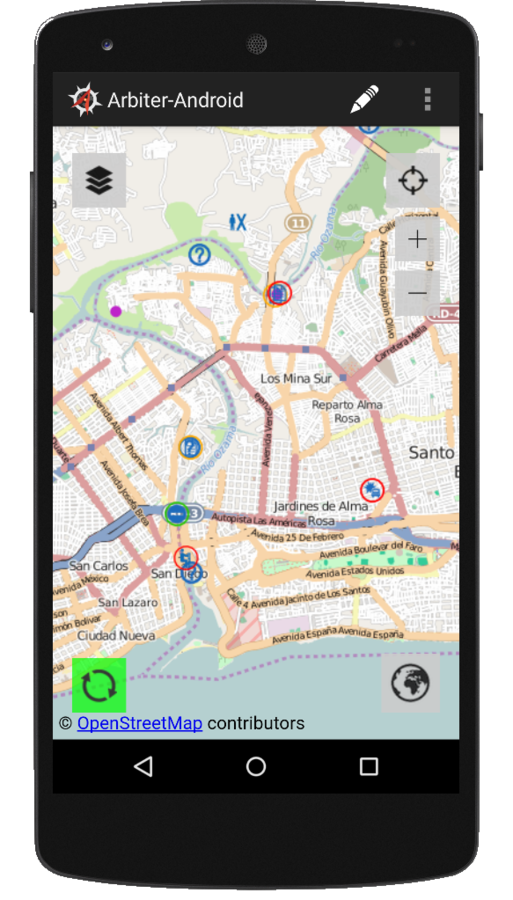GeoSHAPE: FOSS GIS Collaboration Platform with Web & Mobile Clients
By Geo Shape
GeoSHAPE: FOSS GIS Collaboration Platform with Web & Mobile Clients
The need for a user-friendly web-client that enabled effective geospatial data collection, sharing, and collaboration for the ROGUE project motivated us to move away from our GeoExplorer based web-client. Our new web-client, MapLoom, is based on OpenLayers 3, AngularJS, and Bootstrap which addresses key shortcomings of GeoExplorer and provides an intuitive and simple interface for performing complex GeoGig operations. The capabilities include per feature and layer history, viewing difference between revisions, merging, conflict resolution, and synchronizing with multiple remotes through the UI. The ability to synchronize a repository with multiple remotes is just one of the reasons why development of GeoGig was the solution to our needs. GeoGig allows distributed versioned editing of geospatial data at a feature level and allows the repositories to be synchronized even in disconnected or reduced connectivity environments. This talk will cover our experience developing the web-client as well as highlight the use of GeoGig.



























